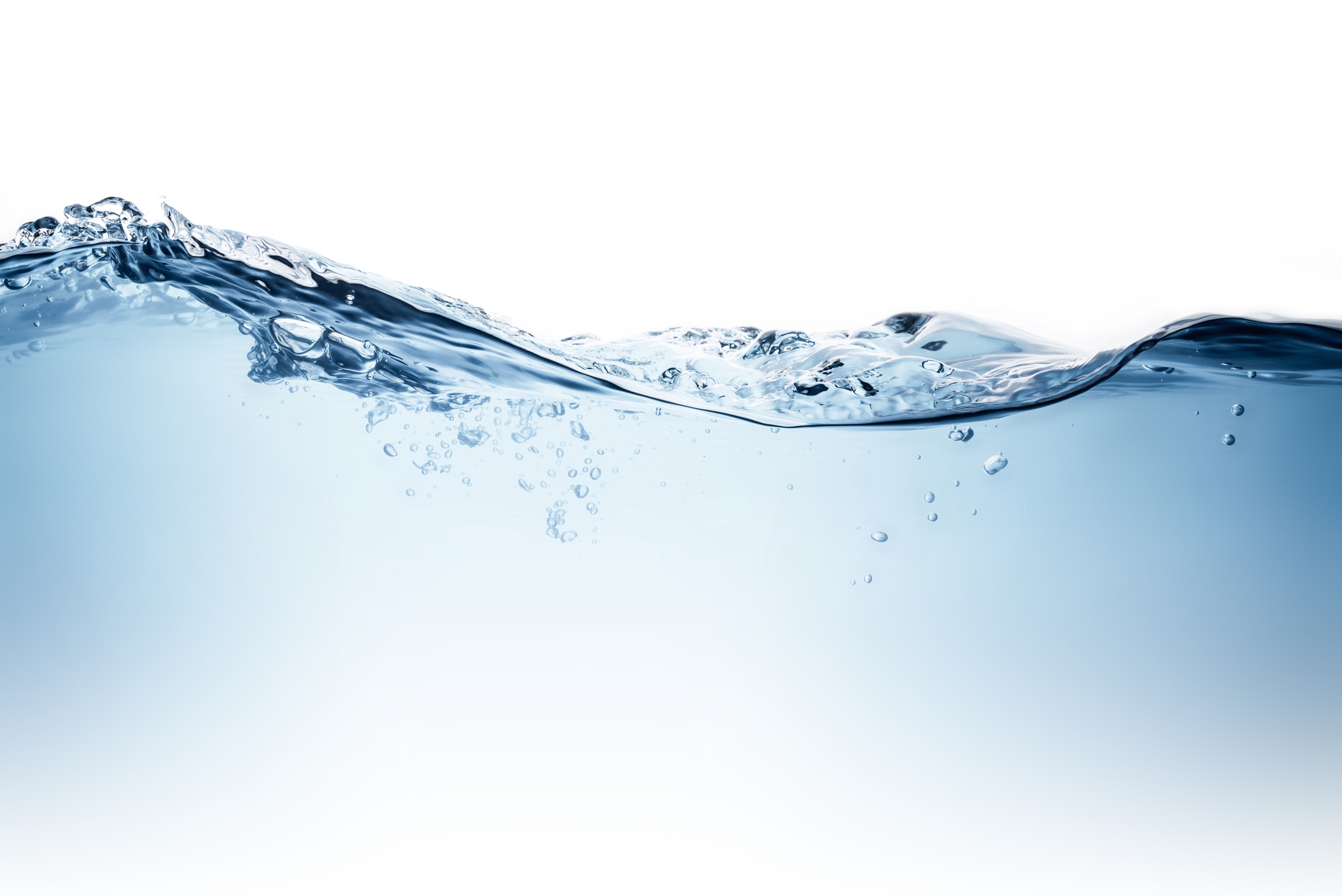3.4 Operational procedures and process control (element 4)
Components:
Operational procedures
Operational monitoring
Corrective action
Equipment capability and maintenance
Materials and chemicals
The effectiveness of preventive measures is highly dependent upon the design and implementation of associated process control programs. To consistently achieve a high-quality water supply it is essential to have effective control over the processes and activities that govern drinking water quality.
Periods of sudden change and sub-optimal performance in the drinking water supply system can represent a serious risk to public health, as illustrated by the examples given in Box 3.3. Therefore, it is vital to ensure that all operations are optimised and are continuously controlled, and that barriers are functional at all times.
Process control programs support preventive measures by detailing the specific operational factors that ensure that all processes and activities are carried out effectively and efficiently. This includes a description of all preventive measures and their functions, together with:
documentation of effective operational procedures, including identification of responsibilities and authorities;
establishment of a monitoring protocol for operational performance, including selection of operational parameters and criteria, and the routine review of data;
establishment of corrective actions to control excursions in operational parameters;
use and maintenance of suitable equipment;
use of approved materials and chemicals in contact with drinking water.
Effective implementation of these programs relies on the skills and training of operations staff. Operators should be proficient, have the ability to interpret the significance of changes in water quality and treatment, and be able to respond appropriately in accordance with established procedures (see Section 3.7).
Process control programs should be documented in operations manuals, with controlled copies readily accessible to all appropriate personnel. One option is to organise each manual into sections dealing with the individual components of the water supply system.
Documentation should include a description of:
preventive measures and their purpose;
operational procedures for relevant activities;
operational monitoring protocols, including parameters and criteria;
schedules and timelines;
data and records management requirements;
corrective actions to be implemented;
maintenance procedures;
responsibilities and authorities;
internal and external communication and reporting requirements.
Examples of outbreaks resulting from sub-optimal performance
Walkerton outbreak (Canada, 2000)
Over 2000 cases of illness were reported, including 26 cases of haemolytic uremic syndrome and seven deaths. Public health investigations confirmed that the most severe illnesses were caused by Escherichia coli 0157 and Campylobacter. The shallow groundwater supply appears to have been contaminated by cattle waste following heavy rains and localised flooding. A large number of faults have been proposed as potential contributing factors to the outbreak, including:
reliance on bores subject to the direct influence of surface run-off, with only chlorination for treatment;
operation and monitoring on the assumption that the bores were secure, deep groundwater sources;
inadequate protection of surface catchments near the water supply bores;
deficient chlorination practice;
inadequate regulatory oversight;
unreliable chlorine residual monitoring;
failure to respond to the detection of contamination;
failure to communicate the results to regulatory authorities;
inadequate operator training and corporate commitment.
A public inquiry into the outbreak and its implications for the safety of drinking water elsewhere in Ontario resulted (O’Connor 2002a, b).
Milwaukee outbreak (United States, McKenzie et al. 1994)
Assessments indicate that over 400,000 illnesses were caused, including 4400 hospitalised. Premature deaths of at least 69 immunocompromised persons (most HIV positive) were recorded. The source of the contamination was not identified but it is considered that increased flows in rivers supplying Lake Michigan could have carried oocysts from livestock wastes or human sewage. Turbidity of the water taken from the lake deteriorated in the weeks preceding the outbreak.
Operation of one of the treatment plants supplying Milwaukee was not under optimal control. Although coagulant doses were adjusted, this did not prevent turbidity fluctuations in filtered water produced at one filtration plant (0.1–2.7 nephelometric turbidity units). Inexperience with the use of polyaluminium chloride, which had been a recent introduction, could have been a contributing factor. In addition, monitors intended to optimise coagulant doses during changes in water quality were not being used due to improper installation, and filtered water turbidimeters were not being used. Turbidity measurements were being taken every eight hours.
Recycling of backwash water through the filtration process could also have had an impact on the numbers of oocysts passing through the plant.
Other water treatment deficiencies associated with outbreaks of cryptosporidiosis have included:
failure to respond to deterioration in source water quality;
poor coagulation;
poor monitoring of chemical dosing;
inadequate flocculation;
filters brought on line without backwashing.
